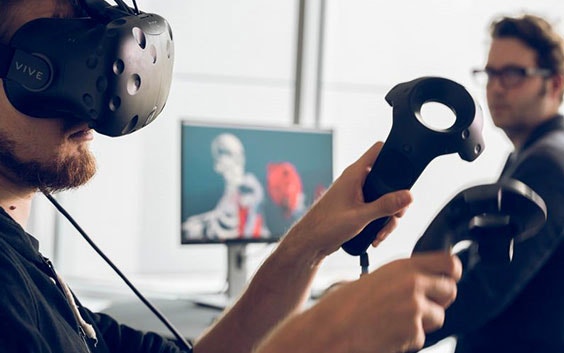Point-of-Care 3D Printing
Start and scale a sustainable 3D printing lab at your hospital with confidence
Personalized patient care is increasingly becoming a reality, driven by technological advancements such as 3D printing and advanced visualization techniques. Having a dedicated in-house facility and support from Materialise engineers can cut days off the 3D printing process, support innovation initiatives, and result in lower overall costs incurred by the hospital.
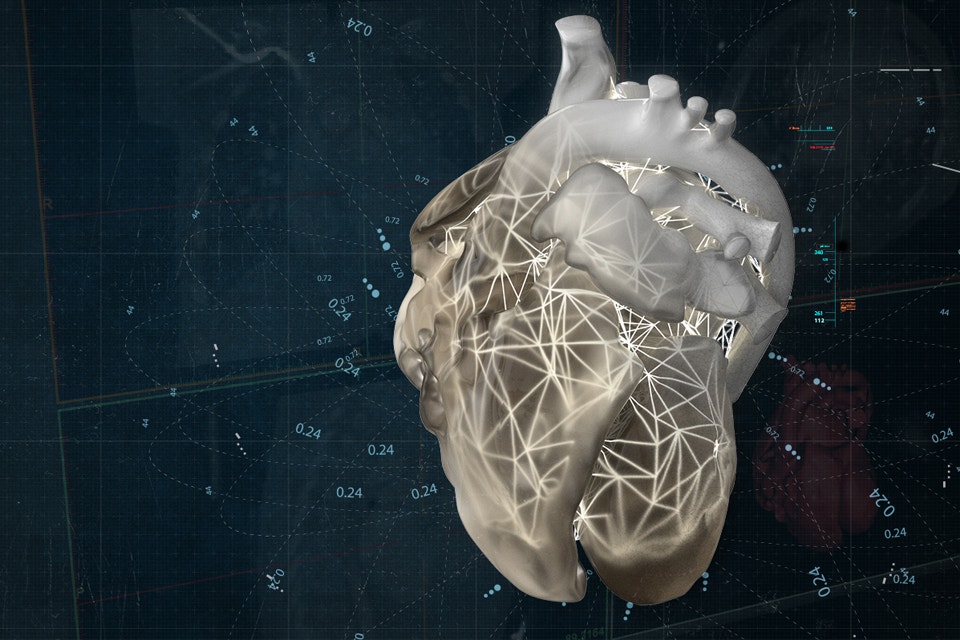
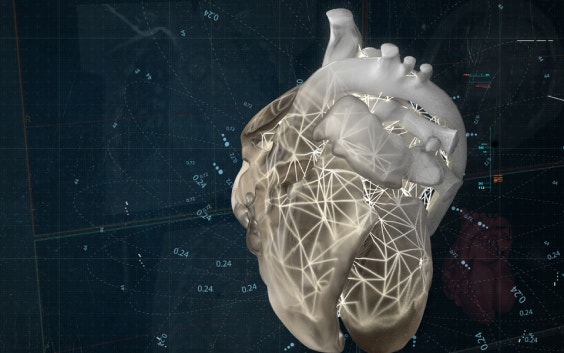
The point-of-care 3D printing workflow

1. Image acquisition and segmentation
Combine automation with smart editing tools
3D medical image segmentation software
From scan to 3D model with ease
Maintain a comprehensive overview of your cases for up-to-the-minute updates in a quality-compliant system.
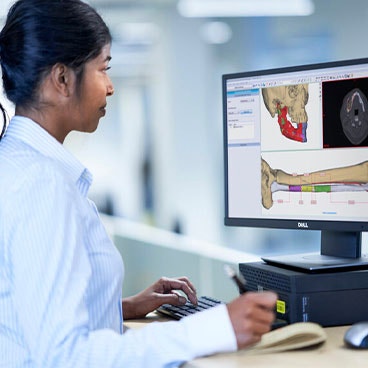
2. Virtual planning
Make critical decisions preoperatively to ensure better surgical outcomes
3D medical image segmentation software
Virtual planning for cranio-maxillofacial surgery
Maintain a comprehensive overview of your cases for up-to-the-minute updates in a quality-compliant system.
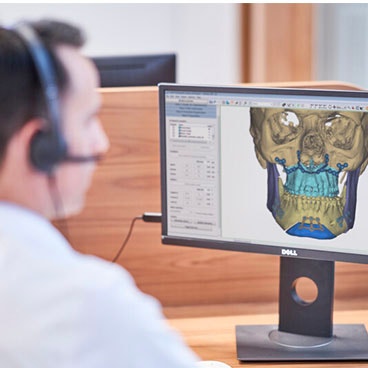
3. Design for 3D printing
Use the patient’s anatomy as the starting point for better accuracy
3D printing, design, and remeshing software
From scan to 3D model with ease
Maintain a comprehensive overview of your cases for up-to-the-minute updates in a quality-compliant system.
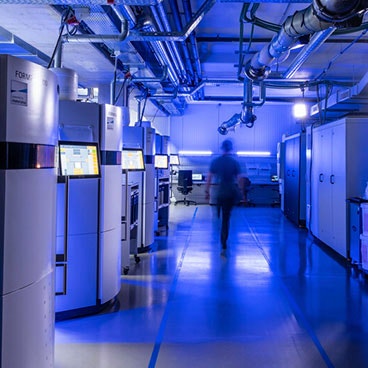
4. 3D printing
Print with hardware and software that’s fully certified for diagnostic applications
Set up a 3D lab validated for diagnostic use
Maintain a comprehensive overview of your cases for up-to-the-minute updates in a quality-compliant system.

5. Verification
Review and approve models with colleagues
Communication tool for engineers and physicians
Maintain a comprehensive overview of your cases for up-to-the-minute updates in a quality-compliant system.
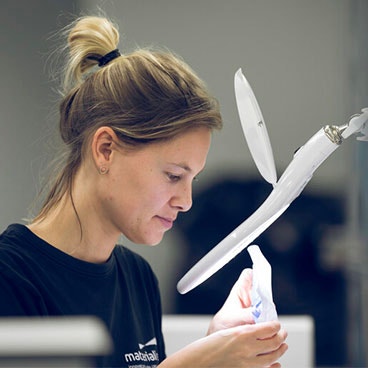
6. Post-processing and quality assurance
Finalize models in accordance with your quality management system framework
Maintain a comprehensive overview of your cases for up-to-the-minute updates in a quality-compliant system.
Learn to integrate a system of your own with training modules by Materialise experts
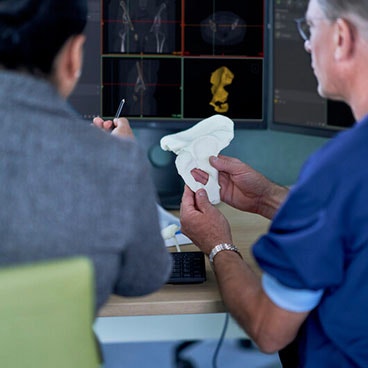
7. Final model
Your medical device is now ready to use
Benefits
A holistic platform tailored to your needs
Use an end-to-end solution consisting of printers, materials, and software that can be tailored to match your hospital’s needs as they change. Materialise is there to support you along the way, leveraging 30+ years of experience working with hospitals.
Quality and safety are the priority
Set up a successful quality management system and use materials, software, and hardware certified for diagnostic use to ensure safety. You can count on Materialise support to guide you with software, qualified workflows, and training.
Become part of a global community
Join our network of 450+ hospitals that have successfully implemented 3D printing and planning with us to gain access to training courses and events where you can discover best practices, the latest technology, and more.
Proven results that improve patient care
With 3D printing solutions, you can gain more insights and confidence before entering the OR, easily collaborate with multidisciplinary teams, reduce the length of hospital stays, and improve patient communication and consent.
What can you achieve with point-of-care 3D printing?
Surgical planning with anatomical models
Use anatomical models — virtual or 3D printed — for preoperative planning to determine the most effective treatment plan and reduce time and costs in the operating room.
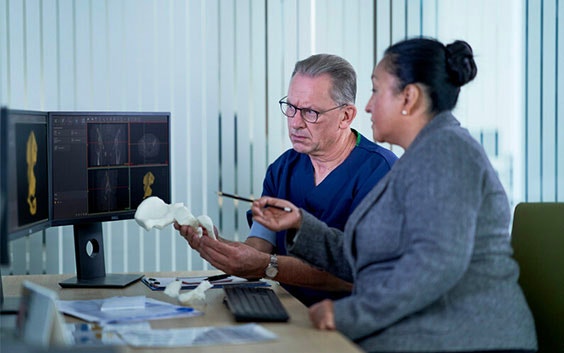
Surgical guides
Create personalized surgical guides using sophisticated, industry-leading design tools to accurately execute your surgical plans in the OR.
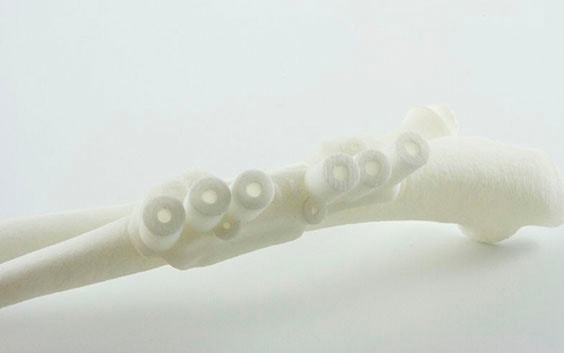
Research and education
Teach the new generation of healthcare professionals with robust 3D printing tools and 3D models. Students can see, touch, and simulate interventions with realistic 3D-printed models.
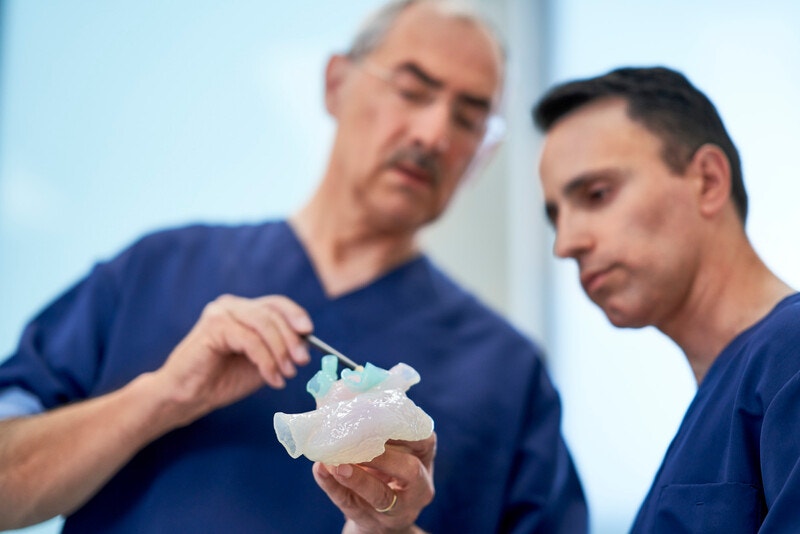
Clinical evidence
In this study, they evaluated 260 patients and concluded that 3D-printed surgical guides and virtual surgical planning reduced the rate of radiographic nonunion and flap-related complications in FFF reconstruction for mandibular defects.
Short and long-term outcomes of three-dimensional printed surgical guides and virtual surgical planning versus conventional methods for fibula free flap reconstruction of the mandible: Decreased nonunion and complication rates (2021)
Seven studies using 3D-printed anatomical models in surgical care demonstrated a mean of 62 minutes saved ($3,720/case saved from reduced time), and 25 studies of 3D-printed surgical guides demonstrated a mean of 23 minutes time saved ($1,488/case saved from reduced time)
Medical 3D Printing Cost-Savings in Orthopedic and Maxillofacial Surgery: Cost Analysis of Operating Room Time Saved with 3D Printed Anatomic Models and Surgical Guides (2019)
According to one study from the Mayo Clinic, 88% of oncologic surgeons find models ‘very likely’ to improve the quality of care for patients.
3-Dimensional Printed Anatomical Models as Planning Aids in Complex Oncology Surgery (2016)
Due to shorter surgery times, 3D-printed models have demonstrated a reduction in intraoperative radiation exposure by as much as 50%.
Patient-Specific 3D Models Aid Planning for Triplane Proximal Femoral Osteotomy in Slipped Capital Femoral Epiphysis (2017)
3D-printed orbital models lead to a more accurate reconstruction and a time reduction during surgery.
Three-Dimensional Analysis of Isolated Orbital Floor Fractures Pre- and Post-Reconstruction with Standard Titanium Meshes and "Hybrid" Patient-Specific Implants (2020)
Inspiring content
L-100401-02

